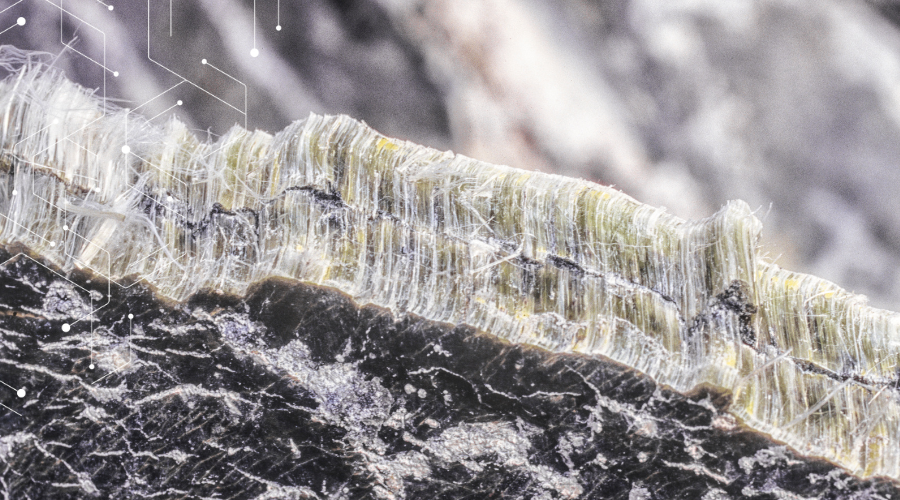Pace® Acquires QuanTEM Laboratories, Expanding Building Sciences & Food Safety Capabilities
Pace® Analytical Services is pleased to announce that QuanTEM Laboratories, LLC, a respected environmental sciences and food microbiology testing laboratory based in Oklahoma City, has officially joined the Pace® network. This acquisition strengthens our national footprint and expands our capabilities in several key service areas, including asbestos analysis, environmental lead testing, microbiology, and food safety testing.


.png)
.png)
.png)
